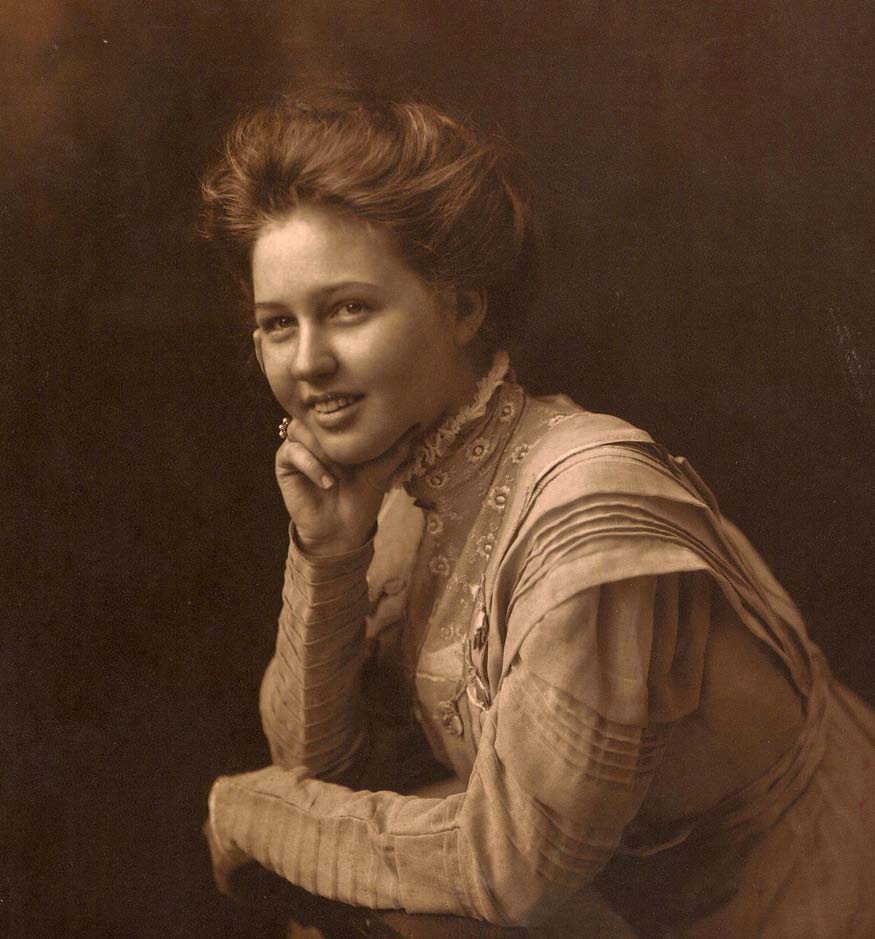
This article was originally published in the Fall 2011 issue of Tustenegee. The author, Robert W. Ganger, is Member Emeritus of the Board of Governors of the Historical Society of Palm Beach County after serving since 2004. In 2016 he was honored with the Society's Judge James Knott Award for his contributions to historic preservation and education in Palm Beach County. Lightly edited for publication.
By Robert W. Ganger
The City of Delray Beach will observe its first 100 years of incorporation in November 2011. If history tells us anything, old-timers and newcomers alike will celebrate the event with due respect for past accomplishments and optimism for a bright future. There are countless heroes in the tale of how Delray Beach came of age in the twentieth century. The Henry Sterling family is representative of a cadre of risk-taking homesteaders with the “right stuff”—true pioneers who started with nothing and left a legacy of accomplishment and prosperity. Henry Sterling, his wife, Mary Elizabeth, and daughter, Ethel, were quiet community leaders for almost 100 years. There are no monuments in the park commemorating their lives, but that is what is to be expected in an understated (but decidedly trendy) city that still calls itself “an historic village by the sea.”
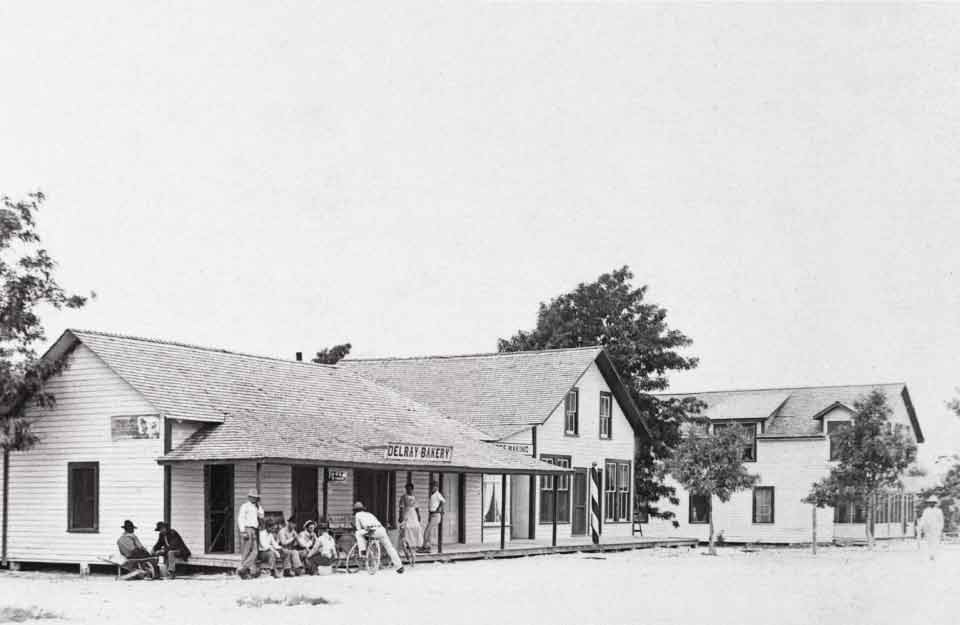
“The Henry Sterling family is representative of a cadre of risk-taking homesteaders with the “right stuff”—true pioneers.”
The Last Frontier
The geography surrounding Delray Beach was a tropical wilderness when the original settlers began to arrive in the 1890s. Southeast Florida was truly America’s Last Frontier. There were no natives living on the land, as all of the indigenous tribal populations had either succumbed to diseases brought to the New World by European explorers or been victims of warfare and slavery. The Delray area was unremarkable, except for abundant water and narrow bands of rich soil, and virtually uninhabited, except for snakes, alligators, and mosquitoes. The only occupied dwelling was the Orange Grove House of Refuge, a rescue station on the beach built in 1876 as a haven for shipwrecked mariners. In 1894, a few folks of African and Bahamian descent, some intermarried with nomadic Seminoles, established a small settlement roughly a mile west of the ocean near the current center of Delray Beach. They were soon followed by speculators from Michigan, led by William Linton and David Swinton, who arrived by launch on the newly opened East Coast Canal. They liked what they saw and began to accumulate land along the canal and plat the beginnings of a rural farm town. They placed ads in northern newspapers, promising the prospect of vast fortunes for early settlers.
Henry Sterling read such an advertisement while employed as a textile designer in Chester, Pennsylvania, the colonial home of William Penn located just south of Philadelphia. Henry (nicknamed “Harry”) was 29 years old and itching for adventure. He had married Mary Elizabeth Tucker, the daughter of a prominent Baltimore family; and their only child, Ethel, who was almost five, was old enough to handle uprooting. Henry was well aware that some industrious easterners had amassed fortunes by building businesses on the coattails of railroad expansion and population growth on the western frontiers. Southeast Florida was one of the few places left to replicate the “Go West, Young Man” success formula. The newspapers indicated that Henry Flagler would soon extend his Florida East Coast Railway to the Linton Settlement. In early 1896, Henry Sterling quit his job and travelled to Linton to build a house and establish a means of supporting his family.
Pioneer Life
Mary Elizabeth and Ethel Sterling arrived several months later. Mary could not believe her eyes when the railroad conductor announced that she had reached Linton. There was nothing to see but a few tents, some scruffy pine trees and lots of sand. When Henry arrived at the tracks with a mule-drawn buckboard, she was already in tears. Her spirits mellowed when the family’s hand-built two-story house came into view. Her husband’s self-reliance gave hope for better things to come.
What happened over the next dozen years was truly remarkable. Through sheer dint of effort, a handful of hardy pioneers transformed Linton’s raw land into a viable community, ready for incorporation by the State of Florida as a self-governing municipality. Thanks to Flagler’s railroad and East Coast Canal, the infrastructure was in place to bring new settlers to the area. Thanks to Mother Nature, ample muck land and water could support a viable farming economy, and the nearby ocean offered recreational and commercial fishing opportunities. But without the likes of the Sterling family, Linton’s roughshod settlement might have floundered. Henry Sterling and his cohorts had a vision, a willingness to take risks, and the determination to build a great community. By all measures, they succeeded.
Henry Sterling
Henry Sterling was the ultimate American Entrepreneur. He converted his first house into a hotel, to accommodate new settlers. He established a commissary to supply dry goods to local pioneers and trade with the Seminoles. He was a successful farmer and shrewd investor who, at one time, owned much of the available land near the core of Delray (the unincorporated town was renamed in 1898). His business interests included just about everything a “start-up” town would need to create a viable economy: retail establishments, banks, lumberyards, a cannery and packing houses, and even a plant to produce ice necessary to cool produce and seafood heading north on Flagler’s railroad.
Not all of his business ideas came to fruition. At one point, he contacted Thomas Edison about investing in rubber plantations west of Delray to produce domestic supplies of rubber for Henry Ford’s motor cars (Ford was Edison’s next-door neighbor in Fort Myers). After lengthy correspondence on the subject, the idea was rejected, but not without careful consideration. Sterling’s extraordinary business acumen and bold risk-taking drew the attention of Henry Flagler, who became a silent partner in ventures that would further the success of Flagler’s railroad and hospitality interests. In order to accelerate growth of the local agricultural economy, Sterling built the largest canning plant south of Baltimore along the Florida East Coast tracks in Delray. The cannery’s operating expenses were funded cooperatively by local farmers, using cash that could otherwise be employed in crop expansion. Sterling convinced Flagler to acquire the plant and hired a family friend from Bridgeton, New Jersey, named J. W. Acton to run the Delray operation during the winter. Acton became a leading player in the development of Delray, as he was an expert in growing and processing tomatoes and beans, two of the area’s principal crops. By the time Delray was incorporated, the area served by Sterling’s processing plants was the epicenter of South Florida’s agricultural economy.
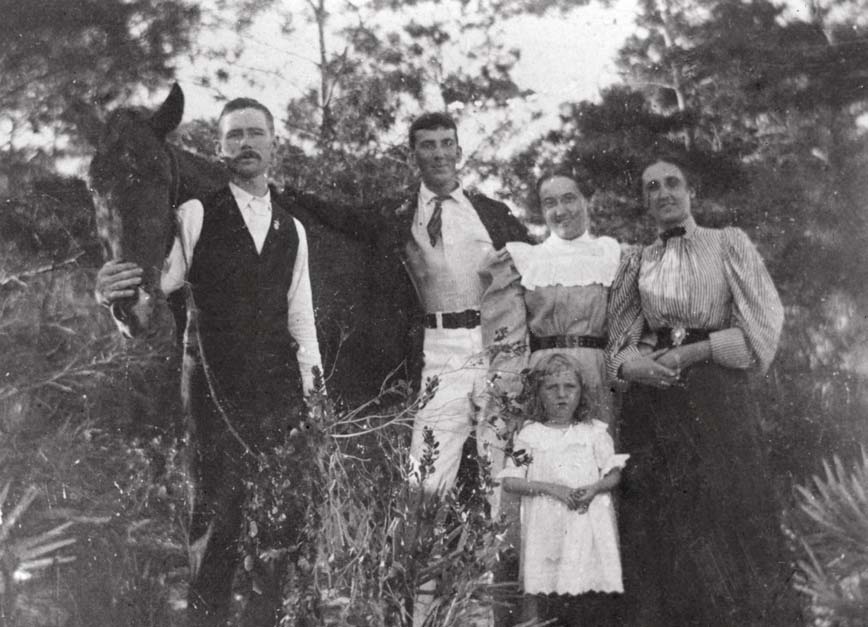
Mary Elizabeth Tucker Sterling
After an inauspicious arrival in the Linton Settlement, Mary Sterling rolled up her sleeves and made things happen. She was a founder and leader of the Ladies’ Improvement Association, a group of conscientious pioneer women who took it upon themselves to help create an orderly community. Most of these women were used to northern amenities. Rather than complain (too much) about the primitive conditions, the ladies took it upon themselves to assure that Delray was a respectable place to live and a welcoming destination for northern visitors. They were instrumental in the building of the first library, schools, rock roads, sidewalks, and even the first town hall. Mary Elizabeth Sterling also led a group of citizens to build the first beach pavilion in Delray which helped draw visitors, a first step in transforming the community from strict reliance on its agricultural economy. As the tourist trade developed, the town became known as a less hectic version of nearby Palm Beach.
By the time Delray was ready for incorporation, it had developed to the point where it was seriously considered as the county seat for the yet to be formed Palm Beach County. No one was surprised when the Sterling family offered to donate the land and build the county courthouse near the center of Delray.
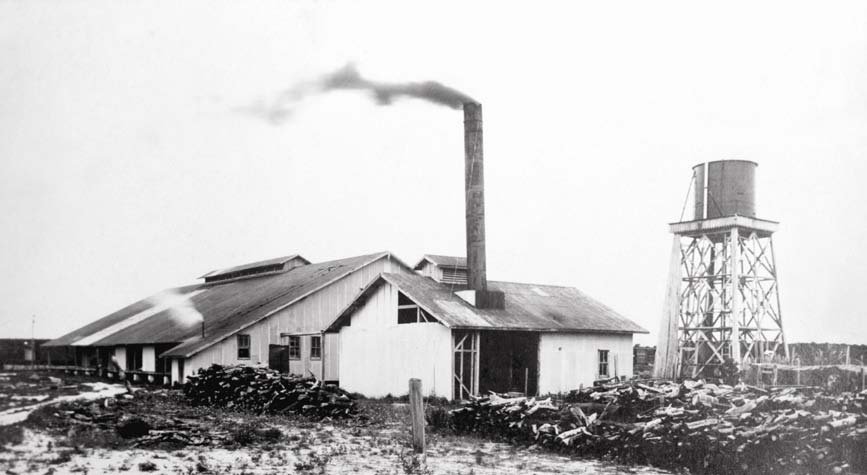
Ethel Sterling Williams
Inspired by her parents, Ethel Sterling participated in every aspect of local life, including deep involvement in the farming and family businesses. When her father built the first canning factory, Ethel started delivering loads of construction lumber by mule wagon when she was only thirteen years old. When duty called neighboring parents away from home, Ethel was the most reliable babysitter in town. She attended primary school in Delray but did not matriculate to high school because travel to the nearest school, in West Palm Beach, would have taken away time for chores. Taking special courses, she was accepted at Wesleyan College for Women in Macon, Georgia, where she graduated with a degree in education. As a young adult, Ethel became a very popular school teacher and later, manager of the Casa Del Rey Hotel on Atlantic Avenue, built by her father during the Land Boom of the 1920s. She was an accomplished musician from early childhood. Thanks to her father’s relationship with Henry Flagler, she and her mother were frequent attendees at concerts at the Royal Poinciana and Breakers hotels during season. She was so admired by Flagler that he once presented her with a self-portrait.
Ethel remained active in Delray Beach (another name change, in 1927) for the rest of her life. In 1964, she co-founded the Delray Beach Historical Society and served as its first president. She espoused many social causes, including opposition to the Ku Klux Klan and equal opportunity for all citizens. Her husband, Dr. William C. Williams Jr. was instrumental in the founding of the Bethesda Hospital in the 1950s, the first healthcare facility in Palm Beach County that was open to all patients, regardless of ethnicity or ability to pay.

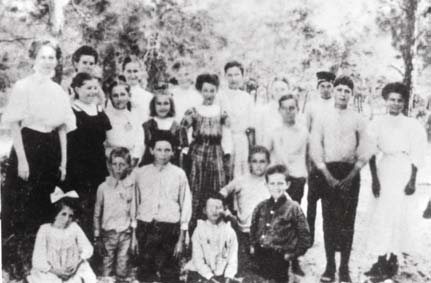
At age 82 (1974), and still very active in Delray Beach, Ethel Sterling Williams wrote: “Don’t forget those citizens, who, through courage and vision and in spite of adversity and overwhelming odds, stood fast! God grant that America keeps this same spirit.” Each generation stands on the shoulders of those who came before. Whether it be a city, a state or a country, we rely on the vision and strength of the founders to establish strong roots. Delray Beach has experienced ups and downs since settlement and incorporation, but the ideals established by the likes of the Sterling family have endured. It is ironic that Ethel Sterling passed away in 1987 at age 95, just six years before Delray Beach became nationally designated as an “All America City.”
In 2007, the Delray Beach Historical Society rescued a home first occupied in 1908 by Horace and Rae Hunt, young newlyweds from Bridgeton, New Jersey who were attracted to the area by J. W. Acton. Ethel Sterling and Rae Hunt became close friends. “Hunt House” was restored and became the Ethel Sterling Williams History Learning Center in 2008. It is a place to learn about “those citizens…who stood fast!”
__________________
Robert “Bob” Ganger is a retired corporate executive and business consultant. He is a current Vice Chair of the Historical Society of Palm Beach County and former President of the Delray Beach Historical Society. Mr. Ganger serves as President of the Florida Coalition for Preservation, a Delray-based non-profit corporation.
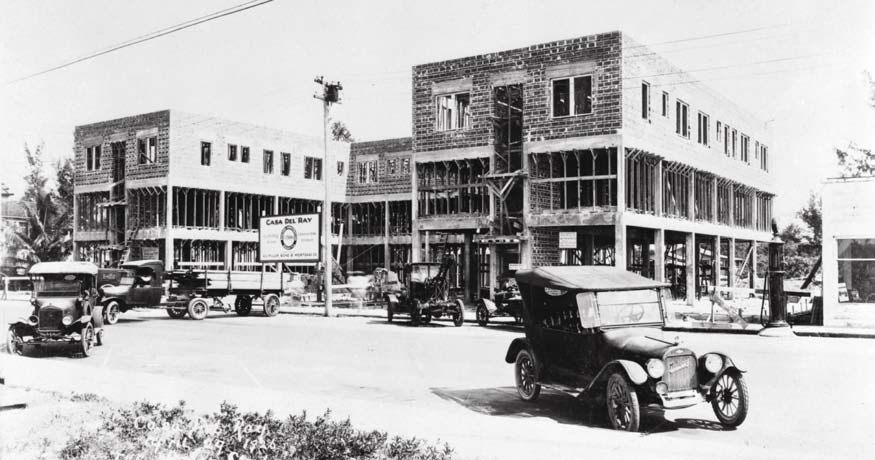
Selected References
Information for this article was gathered from the archives of the Delray Beach Historical Society, Historical Society of Palm Beach County, The Tropical Sun newspaper, and Mr. William Williams, great grandson of Henry Sterling, and grandson of Ethel Sterling Williams.
Historical Society of Palm Beach County
You might also enjoy
A Celebration of Pride
Celebrating the Legacy and Resilience of H.G. Roosters June 1,
Black Cultural Heritage Trail
Learn of the Rich Cultural Heritage of Palm Beach County
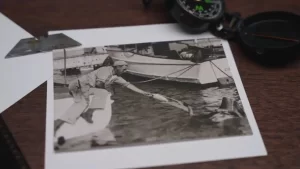
The Conchtown Rumrunners
The Conchtown Rumrunners Behind the Palms, Episode 2 Volstead Act

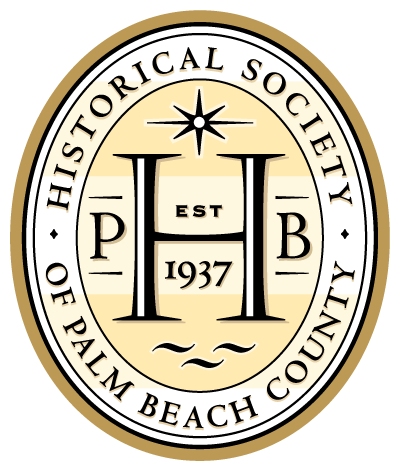








Did the Hotel Casa Del Rey eventually morph into The Colony?